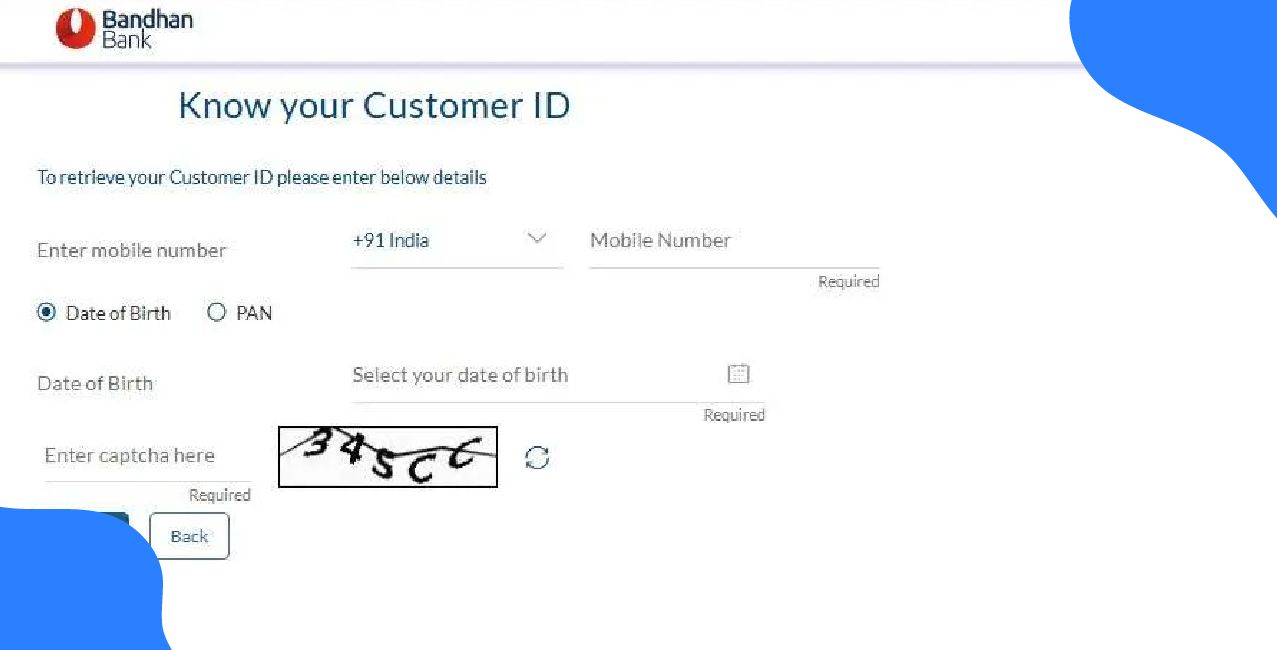
Author
LoansJagat Team
Read Time
6 Min
28 Jul 2025
What is Financial Modelling? Meaning, Examples & Career Scope
Financial Modelling is the process of projecting a company’s financial performance using tools like Excel. It includes revenue forecasts, cost estimates, and profit analysis to support decision-making.
Meet Rohan, a 23-year-old BBA student with a startup dream, a cloud kitchen. He needed ₹10,00,000 to launch but didn’t know how to justify it with numbers. When asked, “What’s your expected monthly revenue?”, he had no answer.
He learnt that 30 orders/day × ₹250 = ₹2,25,000/month, but his monthly cost was ₹2,70,000. He used a financial model to estimate when he’d break even, in Month 6, and show that by Month 9, he could reach a net margin of 15%.
That one model turned his pitch into a success.
This blog breaks down how financial models work, where to use them (startups, stock market, real estate), how to build one, and how it can even shape your career.
Let’s begin.
The Spark: Why Financial Modelling Matters?
When Rohan joined the startup accelerator, he was excited but clueless about numbers. His mentor challenged him: “If your idea can’t explain how much money it’ll make and how soon, no one will fund it.” That’s when Rohan built his first financial model for a cloud kitchen, starting with revenue projections.
He calculated orders per day, multiplied by average order value, then extended it to the monthly level. Here's what his first-year revenue projection looked like:
Total Q1 Revenue = ₹9,23,500
This projection helped him answer:
- How much will I earn each month?
- What’s my growth rate? (Jan–March = 85% jump)
- When will I break even if I spend ₹2,50,000/month?
“Sirf idea se kaam nahi chalta, numbers bhi bolte hain,” Rohan realised. That’s the power of modelling.
Core Components of a Financial Model
A good financial model is like a business plan in numbers. Rohan’s model had five core parts:
- Income Statement – shows profit/loss monthly
- Balance Sheet – tracks assets, debts, and capital
- Cash Flow Statement – tracks money in/out to avoid a shortage
- Assumptions Sheet – where he set all base numbers (rent, price, growth, etc.)
- Scenario Analysis – testing best/worst-case outcomes
Here's a snapshot of his cost assumptions table:
Example: If Rohan earns ₹3,00,000/month and his monthly cost is ₹2,40,000
his monthly profit = ₹60,000 (margin = 20%).
Read More – What is Financial Management?
With these components, he could now:
- Estimate net profit every month
- Adjust costs for “what if” scenarios
- Predict future cash shortages and plan funding accordingly
3. Types of Financial Models
Not every business fits into one Excel template. Depending on the industry, the model type changes. Rohan explored this when helping a friend in real estate and another in stock market analysis.
Let’s understand how models vary:
Example: Rohan used a Discounted Cash Flow (DCF) model for a stock:
- Projected ₹5,00,000 cash flow for 5 years
- Used a 10% discount rate
- Found present value = ₹18.95 lakh
- Compared it to the stock price of ₹17 lakh and decided to invest
This flexibility in models helps you make informed decisions in any business domain.
How to Build a Financial Model?
Rohan took a structured approach to create his first model. You don’t need to be a finance expert, just follow a simple framework. Financial models are built in Excel or Google Sheets using basic formulas and logic.
Here’s the step-by-step process:
- Set Assumptions: Define average order value, daily customers, costs, margins, tax rate, etc.
- Forecast Revenue: Use assumptions to calculate monthly and yearly revenue.
- Estimate Costs: Include fixed and variable costs.
- Create Financial Statements: Profit & Loss, Cash Flow, Balance Sheet.
- Analyse Ratios & Metrics: Profit margins, break-even point, ROI, IRR, etc.
- Test Scenarios: What if order volume drops 20%?
Short Example: When Rohan reduced packaging costs by ₹5/order, he saved ₹7,500/month. Small tweaks, big impact!
Applications of Financial Modelling
Rohan realised that financial modelling is not just for startups or corporates. From equity research to bank loan proposals, it’s used everywhere.
Key areas where financial models are used:
- Startups: Pitch decks, funding rounds
- Investors: Valuation of businesses and stocks
- Banks/NBFCs: Loan assessments
- Companies: Budgeting, planning, mergers & acquisitions
- Freelancers/SMBs: Planning income & taxes
Short Example: When applying for a business loan, Rohan’s model showed he could repay ₹25,000 EMI for 24 months, based on ₹60,000 net monthly cash flow.
Also Read - How to Calculate Company Valuation
Career Scope in Financial Modelling
A few months later, Rohan applied for internships. His model impressed recruiters more than his GPA. That’s because financial modelling is one of the top in-demand skills in finance today.
Career options include:
- Investment Banking Analyst
- Equity Research Associate
- Financial Analyst (Corporate Finance)
- Startup CFO/Co-founder roles
- Credit Analyst in Banks
Short Example: In his interview, Rohan was asked to value a company with ₹50 lakh profit, a 12% growth rate, and a 10% discount rate. He built a basic DCF model and got selected!
Conclusion: Why You Should Learn Financial Modelling
Financial modelling is not just a technical skill; it’s a decision-making toolkit. Whether you’re running a startup, working in a bank, or investing in stocks, modelling gives you clarity, confidence, and control.
Rohan’s story shows how a simple Excel sheet turned an idea into a venture. From understanding break-even to pitching investors, financial models made the difference.
“Toh agar aapke paas ek idea hai ya aap kisi bhi field mein numbers ke saath kaam karte ho, financial modelling sikhna must hai.”
Start today. Open a spreadsheet, pick a business idea, and build your first model. Numbers don’t lie, but only if you know how to use them.
FAQs on Financial Modelling
Q1. Is financial modelling only for finance students?
No. It’s useful for startup founders, freelancers, engineers, real estate agents anyone who deals with numbers.
Q2. Do I need to know advanced Excel or maths?
Basic Excel skills are enough to start. Formulas like SUM, IF, VLOOKUP, and NPV go a long way.
Q3. How long does it take to learn?
You can learn the basics in 15–20 days. Becoming good at it takes practice with real-world data.
Q4. Can I use Google Sheets instead of Excel?
Yes, especially for collaboration or working on the cloud. Functions are similar.
Q5. Are there any courses to learn financial modelling?
Yes. You can start with free YouTube tutorials or platforms like Coursera, Udemy, and CFI.
Other Related Pages | |||
About the Author

LoansJagat Team
‘Simplify Finance for Everyone.’ This is the common goal of our team, as we try to explain any topic with relatable examples. From personal to business finance, managing EMIs to becoming debt-free, we do extensive research on each and every parameter, so you don’t have to. Scroll up and have a look at what 15+ years of experience in the BFSI sector looks like.

Quick Apply Loan
Subscribe Now


